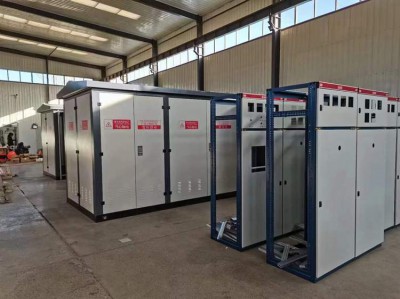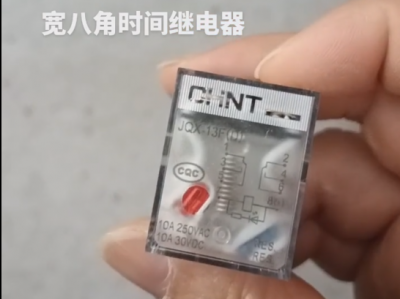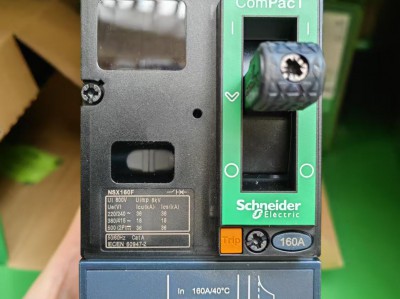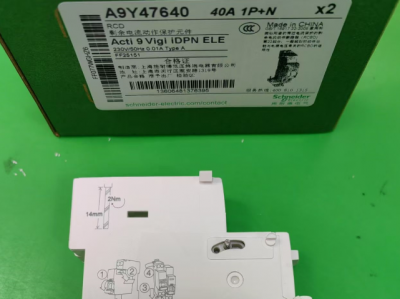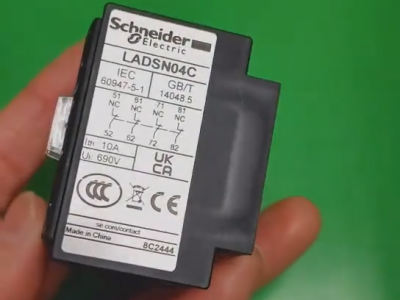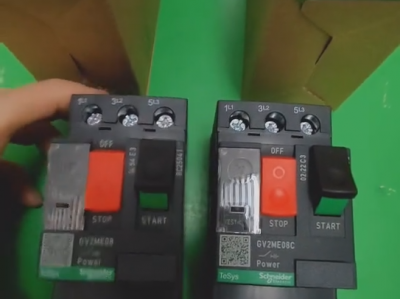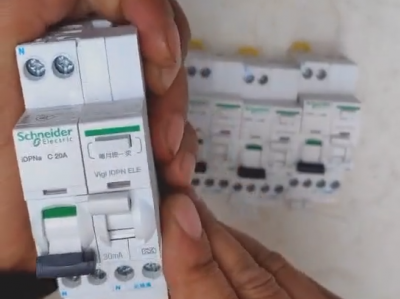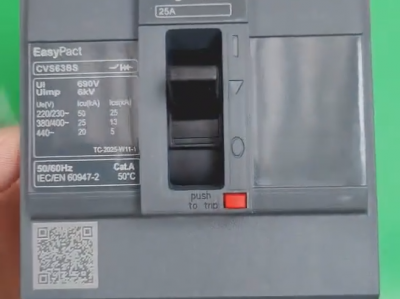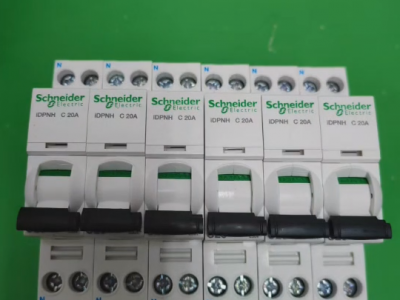Contact type liquid level sensor
Product description
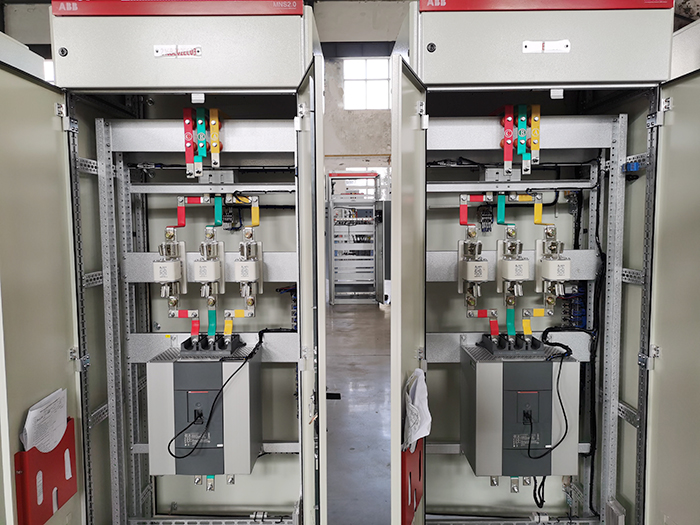 I. Working principle
I. Working principle
1. **Buoyancy principle**
- When the liquid level rises or falls, the float of the sensor will float up and down with the change of the liquid level. The movement of the float is converted into the change of electrical signal through the mechanical structure, so as to determine the height of the liquid level. For example, in some simple liquid level sensors, the float is connected to a potentiometer through a connecting rod. The change of liquid level causes the float to move, and then changes the resistance value of the potentiometer. The liquid level information can be obtained by measuring the resistance value.
2. **Capacitance principle**
- The capacitance change caused by the change of liquid level is used to detect the liquid level. The electrode part of the sensor is in contact with the measured liquid. When the liquid level rises, the area of the electrode immersed in the liquid increases. Due to the different dielectric constants of liquid and air, the capacitance value will change. According to the corresponding relationship between the capacitance value and the liquid level height, the liquid level height can be determined.
3. **Resistance principle**
- Based on the conductivity of liquid. The sensor has a set of electrodes. When the liquid level rises and the electrodes are immersed in the liquid, the resistance of the circuit will change due to the conductive characteristics of the liquid. The height of the liquid level is measured by detecting the change of resistance.
II. Structural composition
1. **Probe part**
- This is the part directly in contact with the liquid. According to different working principles, the structure of the probe is different. For example, the sensor probe based on the buoyancy principle contains a float; the probe based on the capacitance or resistance principle contains detection elements such as electrodes. The material of the probe usually needs to be selected according to the properties of the measured liquid (such as corrosiveness, viscosity, etc.) to ensure the service life and accuracy of the sensor.
2. **Signal conversion and processing unit**
- Responsible for converting the physical quantity (such as the change of buoyancy, capacitance, and resistance) detected by the probe into an electrical signal that can be recognized by external devices, such as voltage signal or current signal. This unit will also process the signal such as amplification and filtering to improve the quality and accuracy of the signal.
3. **Shell**
- It plays the role of protecting internal components. The material of the shell should have certain protective properties, such as waterproof, dustproof, and corrosion-resistant. In some special environments, the shell also needs to have explosion-proof performance to ensure the safe use of the sensor in dangerous environments.
III. Characteristics
1. **Advantages**
- **High accuracy**: Since it is directly in contact with the liquid level for measurement, it can provide relatively accurate liquid level height information under normal working conditions.
- **Good reliability**:
The structure is relatively simple and the technology is mature. It has high reliability in many conventional liquid level measurement occasions.
- **Low cost**: Compared with some non-contact liquid level sensors, the manufacturing cost of contact liquid level sensors is usually lower, which gives it an advantage in some cost-sensitive application scenarios.
2. **Disadvantages**
- **Easily contaminated**:
Since it is in direct contact with the liquid, if the liquid contains impurities, sediments or is corrosive, it may contaminate or damage the probe of the sensor, affecting the performance and service life of the sensor.
- **Has requirements for liquid properties**: Different working principles may have certain requirements for the conductivity, dielectric constant and other properties of the liquid. For some special liquids, specially designed sensors may be required for accurate measurement.
IV. Application fields
1. **Industrial field**
- Widely used in liquid level monitoring of storage tanks in industries such as chemical, petroleum, food, and beverage. For example, in acid-base storage tanks of chemical enterprises, contact liquid level sensors can monitor the liquid level height in real time to prevent liquid from overflowing or drying up and ensure the safety and stability of the production process.
2. **Water treatment industry**
- Used to monitor the water level of water tanks, pools, etc. In urban water supply systems, contact liquid level sensors can be installed in water towers or clean water pools to provide water level information for the control system so as to reasonably schedule water supply.
3. **Agricultural field**
- Used in water tanks or storage pools in irrigation systems. The start and stop of irrigation are controlled by monitoring the liquid level to improve the utilization efficiency of water resources.

